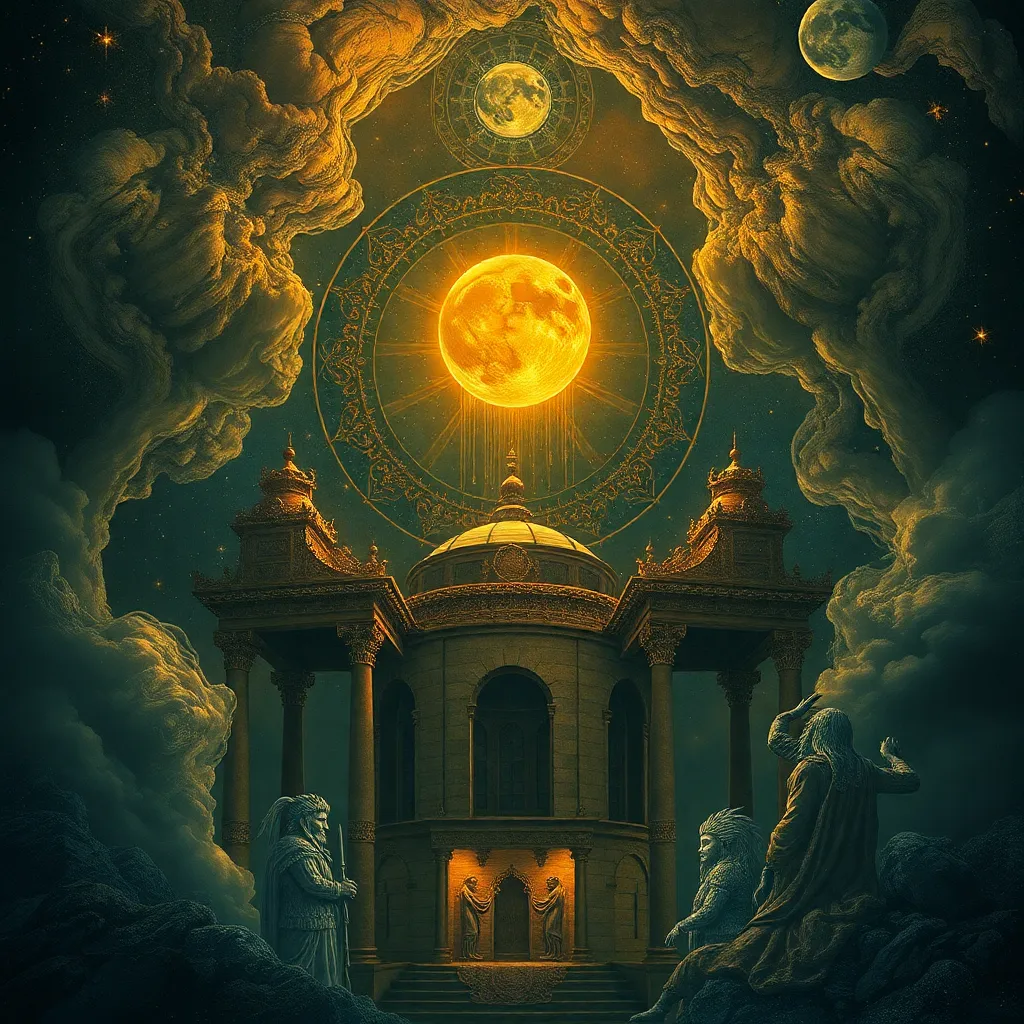The Baku and the Culture of Dream Interpretation: A Historical Perspective
I. Introduction
Baku, the capital city of Azerbaijan, is a vibrant metropolis rich in history and culture. Nestled along the Caspian Sea, its strategic location has made it a significant hub for trade, culture, and exchange throughout the centuries. This city’s historical significance is not only tied to its geographical position but also to its diverse cultural heritage that has shaped its identity.
Dream interpretation is a fascinating aspect of many cultures worldwide, serving as a means to understand the subconscious mind, cultural values, and societal norms. Throughout history, dreams have been viewed as omens, messages from deities, or reflections of one’s inner self. This article aims to explore the intertwining of Baku’s historical narrative with the ancient and modern practices of dream interpretation, providing a comprehensive overview of how these elements are connected.
II. Historical Context of Baku
A. Geographic and cultural background of Baku
Baku is situated at the crossroads of Eastern Europe and Western Asia, which has afforded it a unique cultural blend. The city’s history dates back to ancient times, with influences from various empires and cultures, including Persian, Ottoman, and Russian. This melting pot of cultures has contributed to the rich traditions found in Azerbaijani folklore.
B. Evolution of Baku as a cultural hub
Over centuries, Baku evolved from a simple trading post to a thriving cultural center. The discovery of oil in the 19th century accelerated its growth, attracting people from various backgrounds and fostering a vibrant urban life. This cosmopolitan atmosphere enabled the exchange of ideas, including those related to dream interpretation.
C. Influence of trade routes on cultural exchanges in Baku
The Silk Road and other trade routes passing through Baku facilitated the exchange of goods, ideas, and cultural practices. Merchants, travelers, and scholars brought with them their beliefs and customs, including interpretations of dreams, which became integrated into the local culture.
III. Dream Interpretation in Ancient Civilizations
A. The role of dreams in ancient societies
In ancient civilizations, dreams played a crucial role in decision-making and understanding human experiences. They were often considered messages from the divine, guiding leaders and individuals alike. Societies believed that interpreting dreams could offer insights into the future, moral dilemmas, and personal challenges.
B. Examples of dream interpretation in Mesopotamia and Persia
In Mesopotamia, dreams were recorded on clay tablets, and priests would interpret them, linking them to the will of the gods. Similarly, in ancient Persia, dream interpreters held significant status, as their insights were sought by royalty and the general populace alike. These interpretations often involved symbolic meanings related to everyday life.
C. Connections to Baku’s historical context
Baku, as a part of the Persian Empire at various times, naturally absorbed these practices. The interpretations and beliefs surrounding dreams from neighboring civilizations influenced local customs and contributed to the fabric of Azerbaijani culture.
IV. The Cultural Significance of Dreams in Azerbaijani Folklore
A. Traditional beliefs surrounding dreams in Azerbaijani culture
Azerbaijani folklore is rich with beliefs about dreams. Traditionally, dreams are seen as significant, with many people consulting dream books or elders for interpretations. Common beliefs include the idea that dreams can predict the future or reveal hidden truths.
B. Common themes and symbols in Azerbaijani dream narratives
Numerous themes and symbols recur in Azerbaijani dream narratives, such as:
- Water: Often symbolizes purification and renewal.
- Animals: Represent various traits or omens, depending on the species.
- Travel: Indicates change or new beginnings.
- Death: Can symbolize transformation rather than an end.
C. The role of oral tradition in preserving dream interpretation
The oral tradition has been vital in preserving dream interpretation practices in Azerbaijan. Stories, proverbs, and sayings that relate to dreams have been passed down through generations, ensuring that these cultural beliefs remain alive.
V. Prominent Figures in Dream Interpretation
A. Notable dream interpreters from the region
Throughout history, several notable figures have made significant contributions to dream interpretation in the region. Among them are:
- Al-Ghazali: A renowned philosopher and theologian, he discussed the significance of dreams in his works.
- Nasir al-Din al-Tusi: A Persian polymath who explored the philosophical dimensions of dreams.
B. Their contributions to the understanding of dreams
These figures provided frameworks for interpreting dreams, emphasizing their psychological and spiritual dimensions. Their works laid the groundwork for future explorations of dream interpretation.
C. Influence of their works on contemporary interpretations
Their insights continue to influence contemporary approaches to dream interpretation, particularly in Islamic cultures, where dreams are still regarded as meaningful.
VI. The Intersection of Religion and Dream Interpretation
A. The impact of Islam on dream interpretation in Baku
Islam has profoundly influenced Azerbaijani culture, including the interpretation of dreams. In Islamic tradition, dreams are seen as potential messages from Allah, and thus, understanding their meanings holds spiritual significance.
B. Analysis of religious texts and their views on dreams
Several Islamic texts, including hadiths, provide guidelines on how dreams should be interpreted. Scholars stress the importance of context, emotion, and the dreamer’s personal circumstances when analyzing dreams.
C. Case studies of significant dreams in Azerbaijani Islamic tradition
Throughout Azerbaijani history, numerous stories of prophetic dreams have emerged. These cases often involve visions that led to significant actions or decisions within the community or family structures.
VII. Modern Perspectives on Dream Interpretation in Baku
A. Contemporary practices and beliefs surrounding dreams
In modern Baku, the practice of dream interpretation persists, blending traditional beliefs with contemporary psychological insights. Many people still consult dream books and seek guidance from family members or friends.
B. The role of psychology and modern science
With the advent of psychology, dream interpretation has taken on new dimensions. Freudian and Jungian theories have introduced concepts such as the subconscious, archetypes, and the significance of symbols, enriching the understanding of dreams in a modern context.
C. Evolution of dream interpretation in the digital age
The digital age has transformed how people engage with dream interpretation. Online platforms and apps provide dream analysis and interpretation services, making these practices more accessible than ever before.
VIII. Conclusion
In summary, Baku’s rich history and cultural fabric have fostered a unique perspective on dream interpretation that intertwines ancient practices with modern beliefs. From its historical roots in ancient civilizations to the present day, the significance of dreams continues to resonate within Azerbaijani culture.
Understanding dream interpretation not only sheds light on individual psyches but also reflects the broader cultural values and beliefs of societies. The future of studying dreams in Baku and beyond promises to uncover deeper connections between dreams, identity, and cultural heritage.



